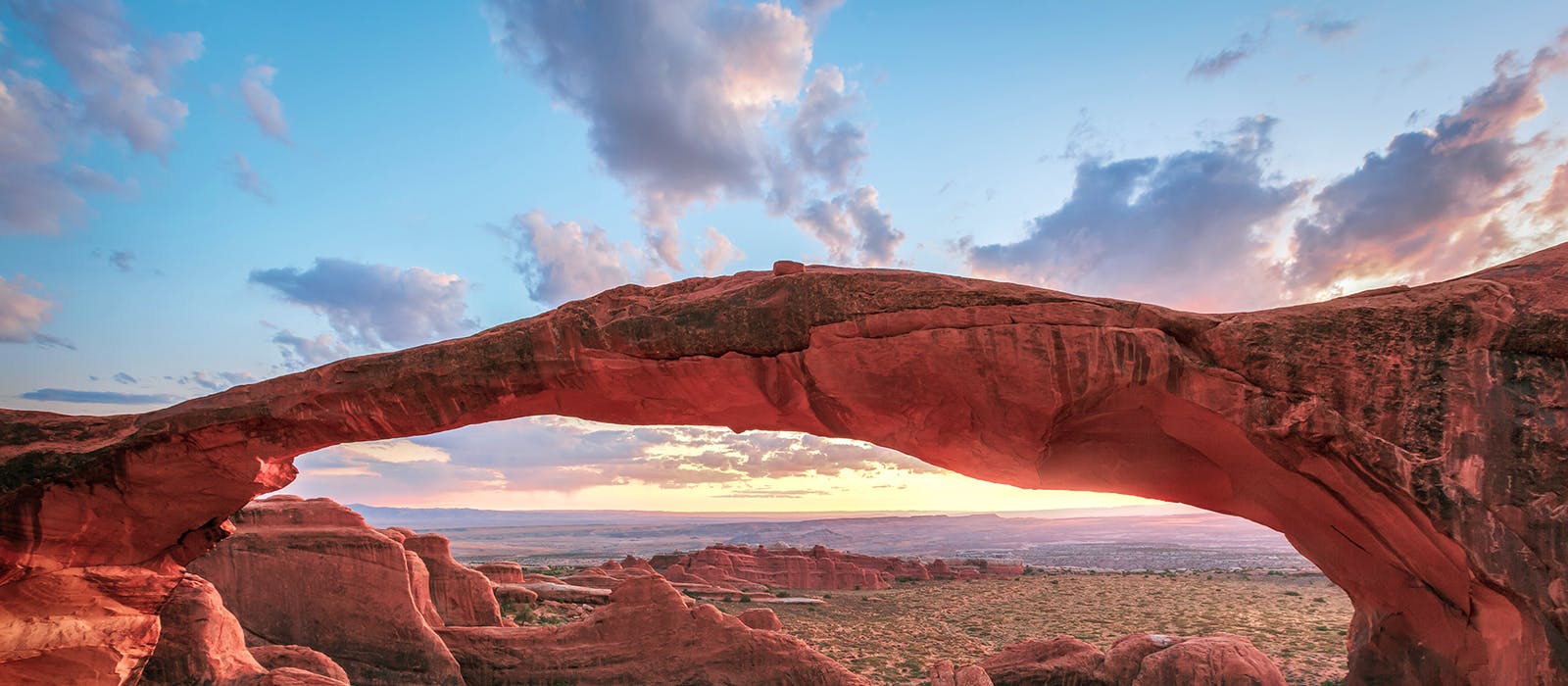Blog Post
Insight: COVID-19 Pandemic Creates Unprecedented Challenges for Utah’s Tourism Industry
By: Jennifer Leaver
Note: The opinions expressed are those of the author alone and do not reflect an institutional position of the Gardner Institute. We hope the opinions shared contribute to the marketplace of ideas and help people as they formulate their own INFORMED DECISIONS™.
Mar 27, 2020 – Right now, my husband is at the kitchen table typing on his laptop, my son is sitting at the kitchen counter working on a math-based web platform, and my teenage daughter is in her bedroom video chatting with her science class. I am stationed at a small desk in my bedroom, our two cats snoozing peacefully on the bed beside me. As for many, this has become the new normal. Unfortunately, during the COVID-19 pandemic, not everyone has the option or ability to “work from home”—particularly those who work in a variety of service-oriented sectors that support our travel and tourism economy.
Tourism Economics (TE) recently forecasted COVID-19’s potential impacts on the international travel market. TE predicts a 31% year-over-year decline in global travel in 2020. This includes a 75% drop in revenue over the next two months and continued losses over the remainder of the year, reaching $355 billion globally. TE provides “upside” and “downside” scenarios, with “upside” international losses around 23% and “downside” losses closer to 50%. In Utah, TE predicts a 34% decline in international spending from 2019 to 2020, translating to a loss of over $200 million direct-spend dollars, 2,800 Utah jobs, and $26 million in state and local tax revenue.
Yet, international spending is less than 10% of Utah’s total travel and tourism market; the majority of Utah visitor dollars are domestic. As positive Utah and U.S. COVID-19 cases climb, so will impacts on Utah’s tourism economy. Within the past week alone:
- All 14 Utah ski resorts halted operations or closed for the season
- Salt Lake City International Airport passenger counts dropped 75%
- Groups with a projected combined delegate spend of $71 million cancelled events that were to be held at the Salt Palace Convention Center and Mountain America Expo Center
- Salt Lake County and Summit County restaurants and bars discontinued dine-in options
- Moab lodging purveyors ordered not to take leisure visitor reservations for 30 days
- Utah national park visitor centers, campgrounds, the Zion shuttle, and Zion’s Angels Landing trail closed
- Several state park visitor centers and campgrounds closed
Based on estimates that one in 11 Utah jobs is supported by Utah’s tourism industry, a 25% drop in annual visitor spending (upside) could mean a loss of 34,000 full- and part-time jobs; and, a 50% decline in spending (downside) could mean a loss of 68,000 jobs and $600 million in state and local tax revenue. When all is said and done, the COVID-19 pandemic will most likely have significant impacts on the global, national, and local Utah tourism economy.
Despite the current doom and gloom, I anticipate sunnier days ahead. I’m hopeful for swift state and federal policy changes that will support our travel and tourism businesses and help them ride out this viral storm. Once the storm clouds clear, I believe the pent-up desire to travel will create a renewed demand for leisure and hospitality services, and the potential for our tourism economy to recover relatively fast.
Jennifer Leaver is the senior tourism analyst at the Kem C. Gardner Policy Institute.






